Millets play a role in fostering a healthier gut microbiome due to their rich dietary fiber content and prebiotic properties. These grains contain both soluble and insoluble fibers that aid in digestion, promote regular bowel movements, and support overall gut health. The insoluble fiber adds bulk to stools, aiding in their smooth passage through the digestive tract and preventing constipation. Moreover, millets act as prebiotics, serving as nourishment for beneficial gut bacteria. By providing a favorable environment for the growth of these "good" bacteria, millets aid in maintaining a balanced and diverse gut microbiota. A healthier gut microbiome contributes to improved nutrient absorption, strengthened immunity, and reduced inflammation. Including millets in your diet as part of a varied and balanced eating plan supports gut health and overall well-being.
Table of Contents
Millets and the Gut Microbiome:
Millets offer significant benefits to the gut microbiome, primarily due to their rich fiber content and prebiotic properties. These grains, comprising soluble and insoluble fibers, foster a healthy digestive system. Soluble fiber aids in forming a gel-like substance in the gut, supporting softer stools and easing bowel movements, while insoluble fiber contributes bulk to stools, promoting regularity and preventing constipation. Additionally, millets act as prebiotics, serving as nourishment for beneficial gut bacteria like Lactobacilli and Bifidobacteria. By stimulating the growth of these beneficial microbes, millets aid in maintaining a balanced and diverse gut microbiota. A balanced gut microbiome is linked to improved digestion, enhanced nutrient absorption, strengthened immunity, and reduced inflammation. Incorporating millets into your diet as a part of a diverse and nutritious eating plan can contribute to supporting a healthy gut microbiome.
Millets Promote A Healthier Digestive System:
Millets are known to promote a healthier digestive system due to several factors inherent in their nutritional composition. Here's how millets contribute to better digestive health:
- Rich in Fiber: Millets contain both soluble and insoluble fibers that aid in digestion. Soluble fiber forms a gel-like substance in the digestive tract, promoting softer stools and smoother bowel movements. Insoluble fiber adds bulk to stools, aiding in regularity and preventing constipation.
- Improved Gut Health: Millets act as prebiotics, fostering the growth of beneficial gut bacteria. They provide nourishment to the good bacteria in the gut, helping to maintain a balanced and diverse gut microbiota. This balance is essential for optimal digestive function and overall health.
- Reduced Digestive Discomfort: The fiber content in millets assists in maintaining a healthy gut environment, potentially reducing digestive discomfort such as bloating and gas.
-
Enhanced Nutrient Absorption: A healthier digestive system supported by millets may improve nutrient absorption, ensuring that the body can extract essential vitamins, minerals, and other nutrients more efficiently from the food consumed.
Best Millet Recipe For Healthy Digestive System:
Millet Vegetable Khichdi:
Ingredients:
- 1 cup mixed millets (such as a combination of foxtail millet, barnyard millet, and/or pearl millet)
- 1/2 cup moong dal (split yellow lentils)
- 2 cups mixed vegetables (carrots, peas, beans, bell peppers - chopped)
- 1 onion (finely chopped)
- 2-3 cloves garlic (minced)
- 1-inch ginger (minced)
- 1 teaspoon cumin seeds
- 1 teaspoon turmeric powder
- 1/2 teaspoon garam masala (optional)
- Salt to taste
- Fresh coriander leaves for garnish
- 2 tablespoons cooking oil or ghee
Instructions:
- Rinse the millets and moong dal thoroughly and soak them in water separately for 30 minutes.
- Heat oil or ghee in a pressure cooker or a pot. Add cumin seeds and let them splutter.
- Add minced garlic, ginger, and chopped onions. Sauté until onions turn translucent.
- Stir in mixed vegetables and cook for a few minutes until they slightly soften.
- Drain the soaked millets and moong dal. Add them to the cooker/pot along with turmeric powder, garam masala (if using), and salt. Mix well.
- Pour in about 4 cups of water and bring the mixture to a boil.
- If using a pressure cooker, cover and pressure cook for 3-4 whistles or until the millets and dal are cooked. For a pot, cover and cook until the millets and lentils are soft and the mixture achieves a porridge-like consistency.
- Once done, let it cool slightly, garnish with fresh coriander leaves, and serve warm.
This khichdi recipe combines the goodness of mixed millets, lentils, and assorted vegetables, providing a wholesome and fiber-rich meal that can aid in supporting a healthier digestive system. Adjust the spice levels and choice of vegetables to suit your taste preferences. Remember to drink sufficient water along with fiber-rich foods like this khichdi to aid digestion and maintain hydration.

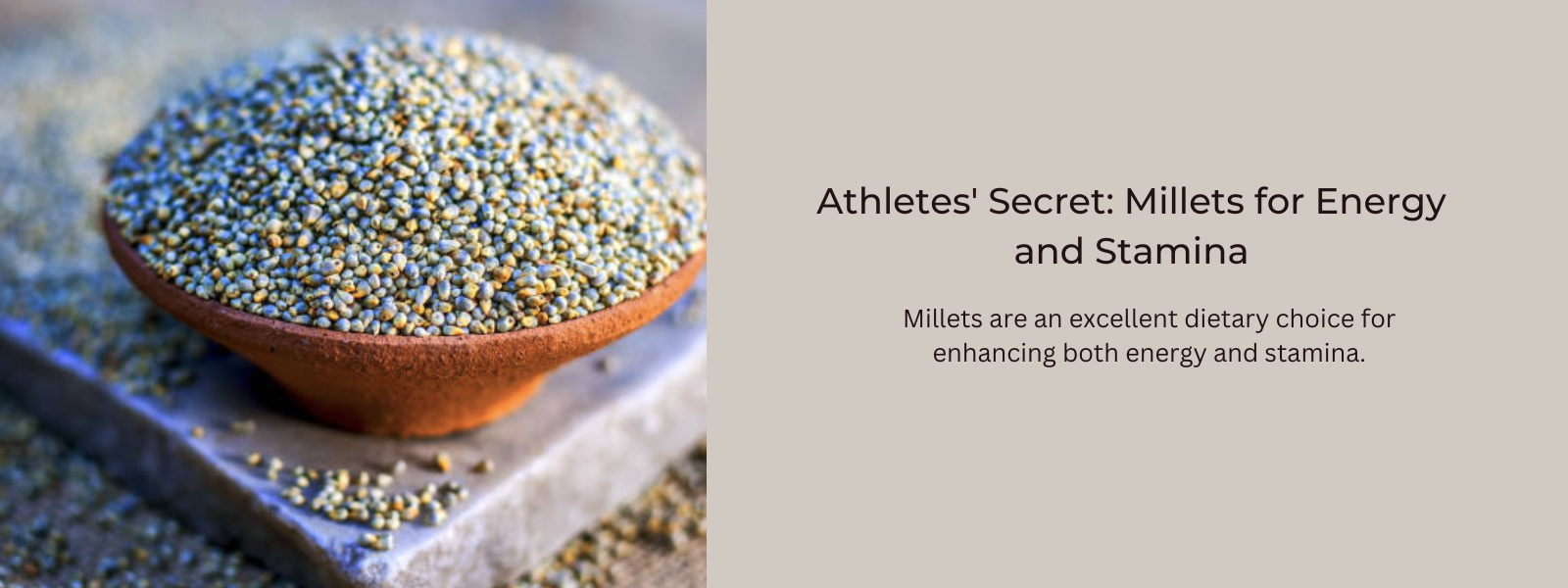
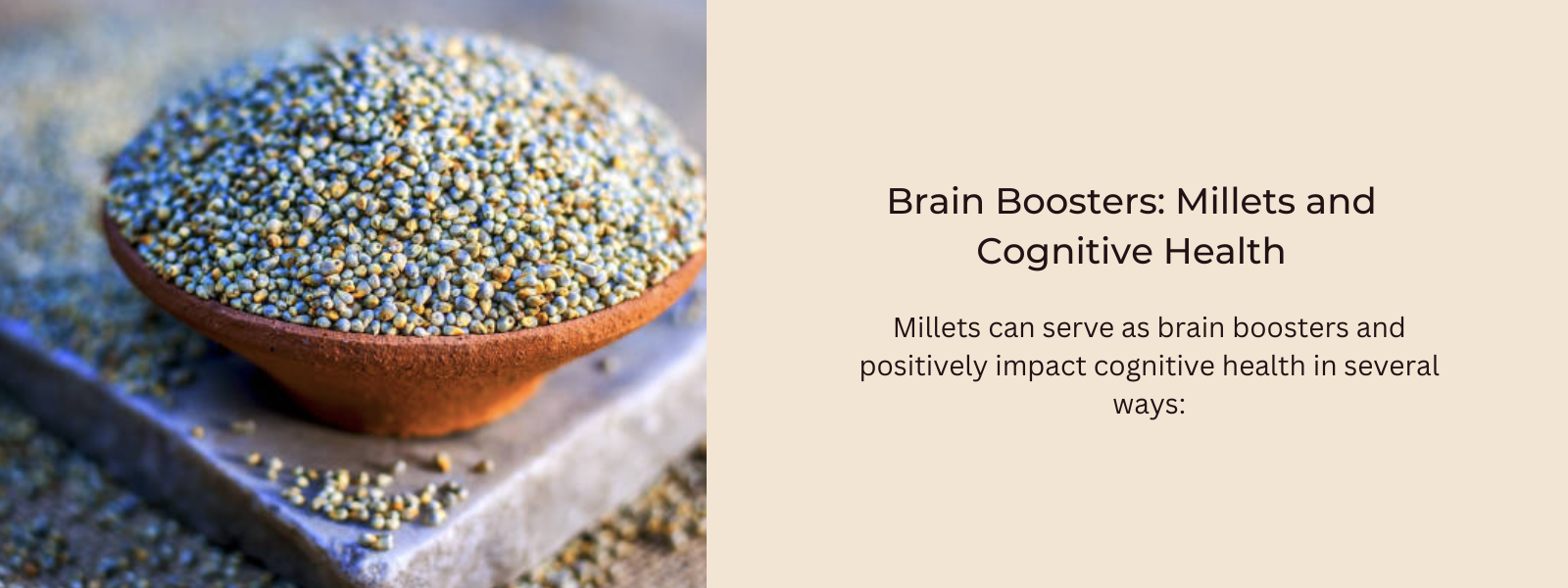
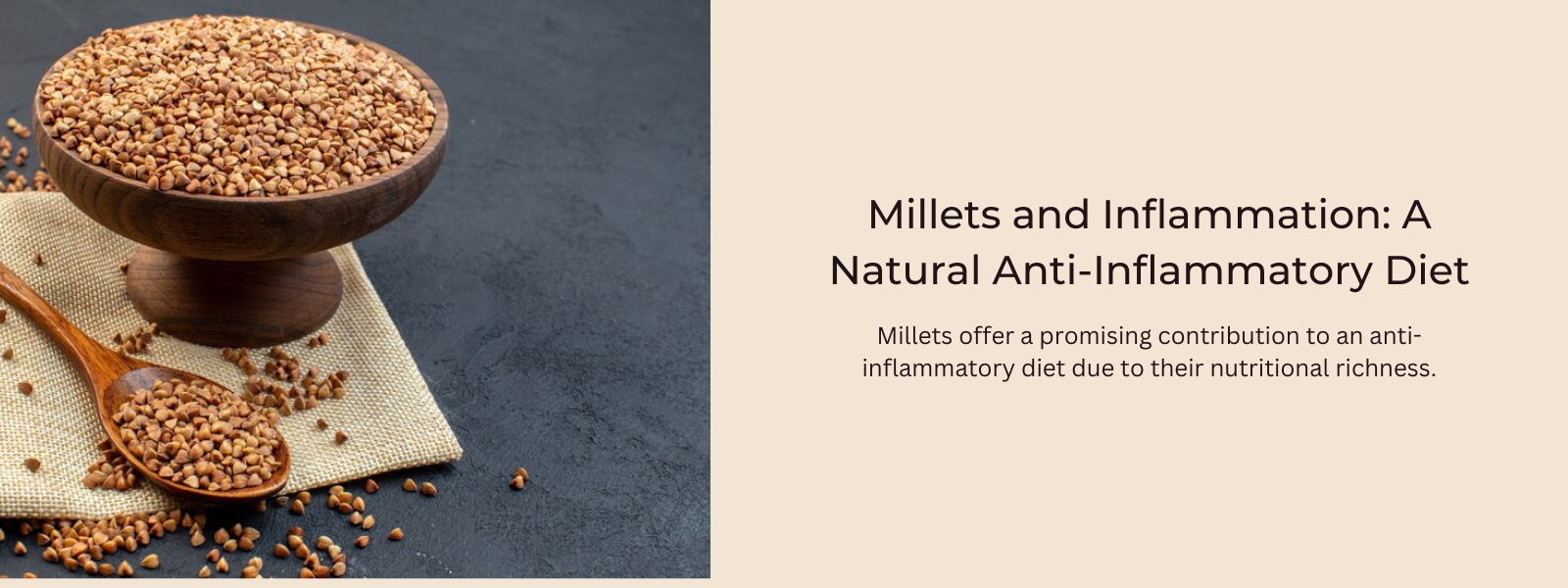
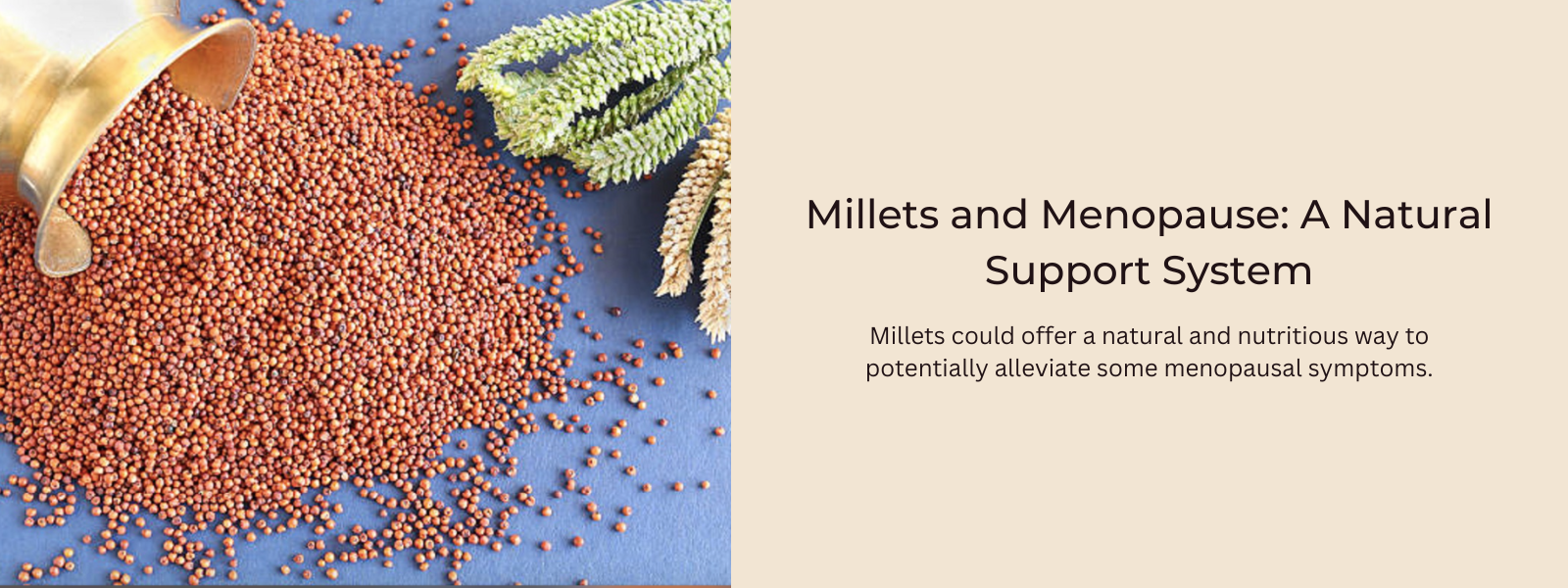
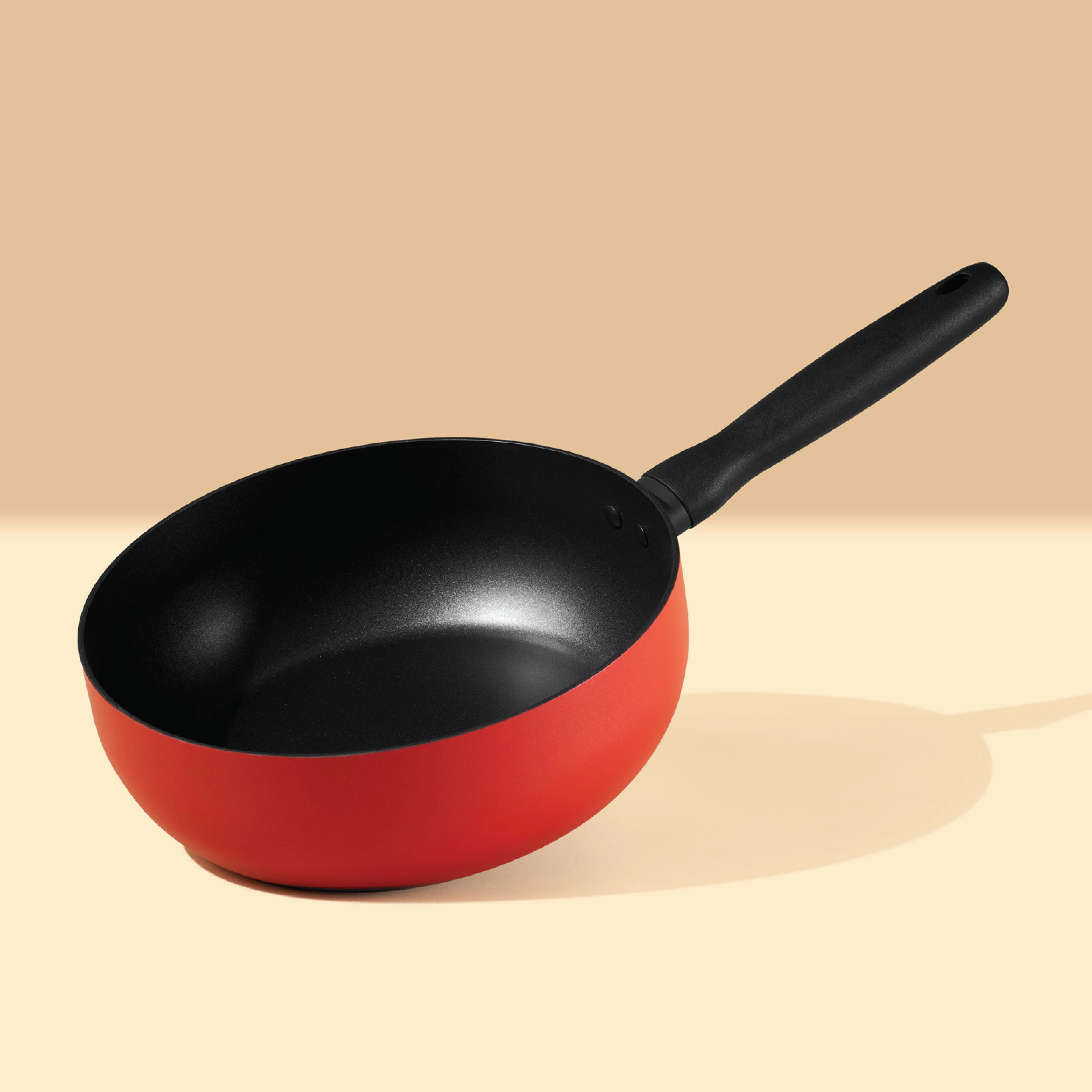
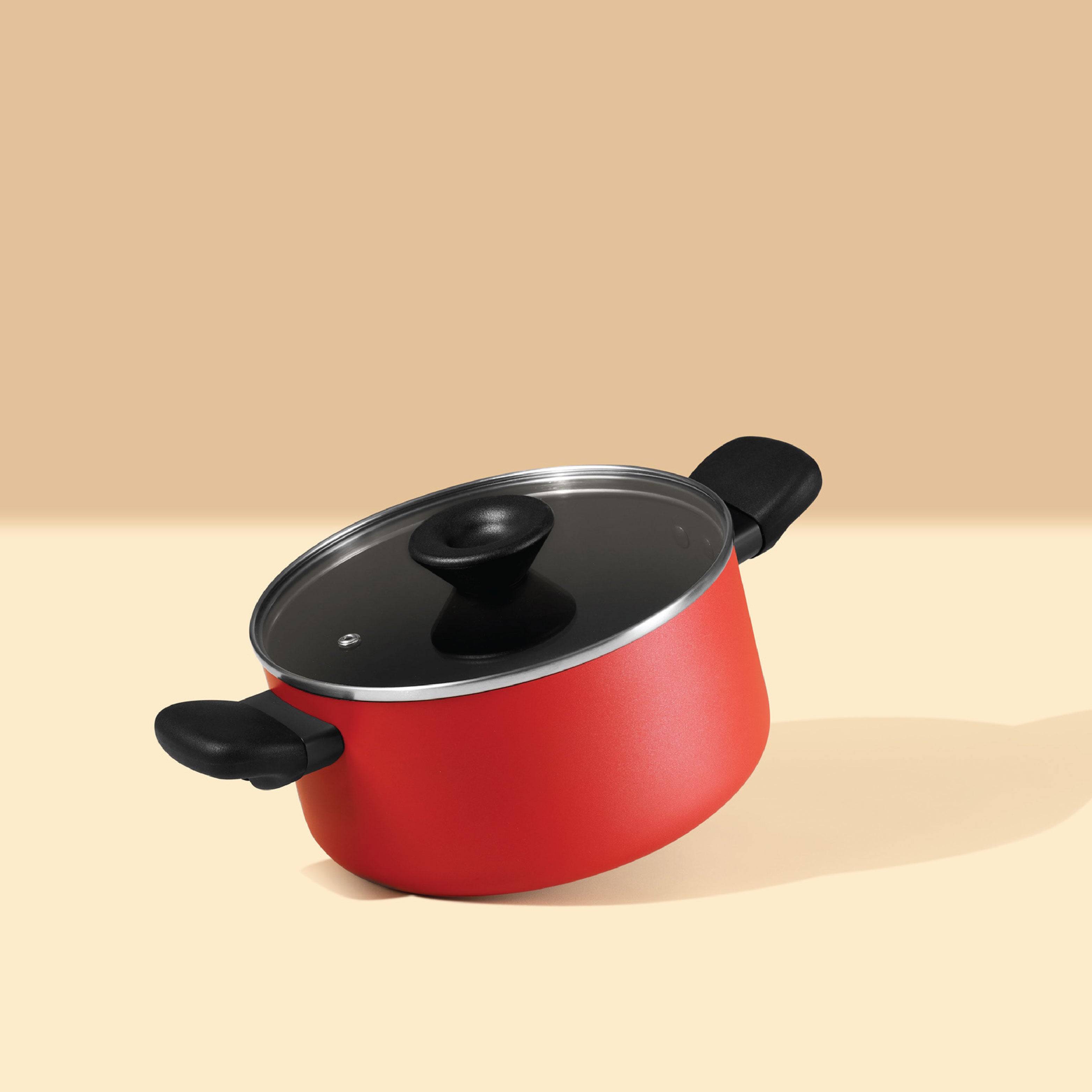




Leave a comment